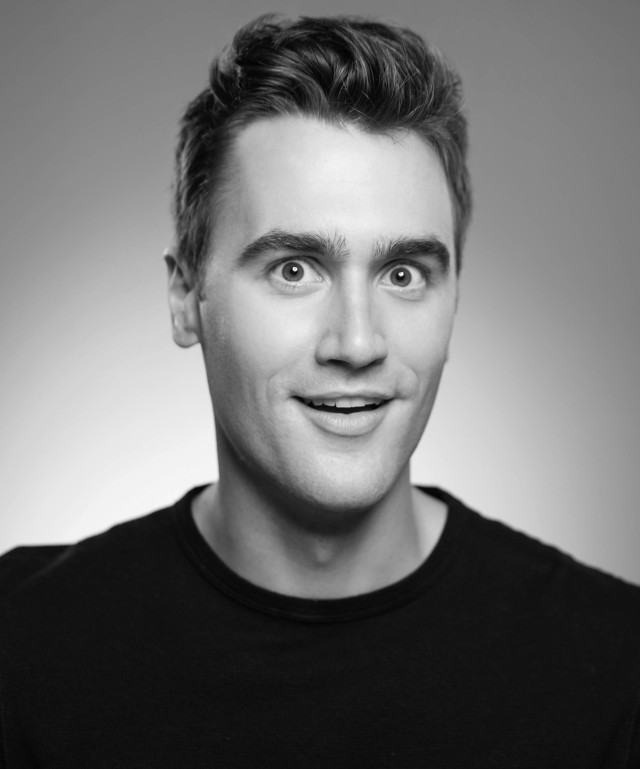
This week I spoke with actor and filmmaker Jenny Lee-Gilmore about working with children, intersectionality and representation in film, and her short film Breakaway, soon to air on CBC Gem.
Acting, Producing, and Other Roles
Jenny’s start in filmmaking was not like it is in the movies. Growing up in a small town in England, she didn’t view the film industry as a viable career path. Her first exposure to it only came when she moved to Vancouver and was signed to an acting agency when she was fifteen years old. However, she had always enjoyed creative writing in school, so when she realized that she could pursue a living writing for films, she decided to apply to the Film Production program at The University of British Columbia. While there, she experimented with several different roles on set and credits the program for allowing her to “dabble and learn what you liked”. She found that she especially enjoyed producing, a position in which she continues to work. Jenny shared that while there are definitely technical aspects to this role, one of the biggest challenges she faces is being “a mediator of all the different departments and making sure everyone is feeling heard”. While acting as the liaison for so many independent bodies gives her a great deal of fulfillment, she also adds that to stay energized, she needs to balance the producing gigs she takes on with her own independent creative work as well.
Moving to her work in front of the camera, Jenny began acting when she was fifteen years old, but didn’t really find her footing until a couple years later. Much of this formative time was spent auditioning for commercials, a process in which “you never know what you’re gonna do until they ask you in the moment”. On one especially memorable audition, Jenny recalls walking into the casting room to see a casting assistant spraying Windex on a sheet of plexiglass. (To be clear, this was not a COVID precaution. Quite the opposite). Once a sufficient layer was applied, the assistant then wiped down the sheet, removing a series of lipstick marks from the glass. Jenny was then instructed to “shove your face on this plexiglass and try and make this kid laugh” who was sitting on the other side. I didn’t ask Jenny what product they were trying to sell, but I’m pretty sure it was either midcentury Dutch furniture, red cabbage or Volvos. Unfortunately, she did not book this role, but it doesn’t seem to have hampered her career much (to this point).
Working as both a filmmaker and as an actor has given Jenny perspective on both sides that have cumulatively made her better at her craft. As an actor, she says that “I learned so much more about acting from directing actors” than in any class she has taken. For example, she has learned to bring her own array of options for a performance instead of trying to view the character from simply what the director would want to see. In addition, participating in the casting process as a filmmaker has helped her brush off her own unsuccessful auditions where she simply may have not been the right fit for the role. Conversely, as a director and producer, she has learned to ensure that the actors are included in the decision-making process and also recognize the vulnerable state many actors have to go to when delivering a performance.
Working with Wild and Child Cast Members
One of the first rules taught to film students is to never work with children or animals, but as we move to Jenny’s current projects we will emphatically tick both boxes off the list. Beginning with arguably the more trainable actors (animals), Jenny just wrapped her tenure on a wildlife rescue program showcasing the Marine Mammal Rescue Center here in Vancouver. As an On-Set Coordinator, she explains that by nature of the subject matter “you can’t really plan; there’s no schedule for the day” as they wait for a rescue to happen. This unpredictability kept the job engaging, as did the many, many, seals that Jenny got to interact with. As an aside, the individual taking over the reins on this process is none other than Dide Su Bilgin, who you may remember from an earlier article.
Moving on to working with children, even though Jenny only graduated from university in 2019, she has already amassed a significant amount of experience with child actors. Most recently in her short film, Breakaway, she cast a young girl named Kailee Lowe as the lead. There were several debuts to note at Breakaway with Jenny directing the first short film that she had also written, and Kailee acting in her first professional gig. Jenny says that this general inexperience is one of her favourite parts about working with children, as “they tend not to have any sort of ego or awareness of themselves,” lending themselves to giving more realistic performances.
While casting this film, Jenny had extra pressure to find a good fit for the titular role as the story of Breakaway is centred on the story of her own mother. Jenny tells me that her mother faced many barriers in the 1970s as a young, Chinese woman who was interested in playing ice hockey. Gender, class, race and other factors intersected with one another and created a narrative that Jenny thought had parallels to her own experience as a biracial woman in the film industry. This story has also struck a chord with many other viewers, as Breakaway was selected for streaming in an upcoming film competition on CBC Gem this October.
Representation in Film
A common theme throughout all of Jenny’s personal projects is her stance that “it’s really important to make things that you want to watch or would have liked to have watched growing up”. Growing up in a small town, Jenny says that she never felt that the media she consumed was representative of her personal experiences or point of view. Therefore, she feels a responsibility to try and improve the levels of representation for other individuals in similar circumstances. This also manifests in her student short film More Than Just a 1/2, which documents her experience growing up biracial. One of the few Asians she saw on screen as a child was Sandra Oh, who she ultimately had the chance to work with soon after graduating from UBC. Jenny says that Sandra certainly lived up to expectations as she “ugly cried in her arms for about five minutes”. (Hopefully, it is clear who was doing the crying and who was doing the holding). Unfortunately, Jenny adds that “I blacked out and I don’t remember any of the advice she gave me,” which will sadly be forever known to only Sandra Oh, a true Canadian treasure.
In closing, while Jenny continues to pursue filmmaking on both sides of the camera, don’t be offended if she hasn’t seen your film. Living with narcolepsy, she says that the dark confines and comfortable chairs of a theatre don’t exactly create an environment in which her attention is maximized. For this reason, Film Studies was a notoriously difficult course for her, but she adds that on the bright side, “it’s a really big compliment if I stay awake in your feature film”. Who knows if she has made it to this point in the article.
For more on Jenny, stay up to date by following her on Instagram and Twitter. Also, make sure to check out Breakaway when it hits CBC Gem this fall.
Follow A Musing on Facebook and Instagram for more content on Jenny and the other creatives in this series.
And don’t forget to check out last week’s interview with textile artist, Julie Newton.
-BF

